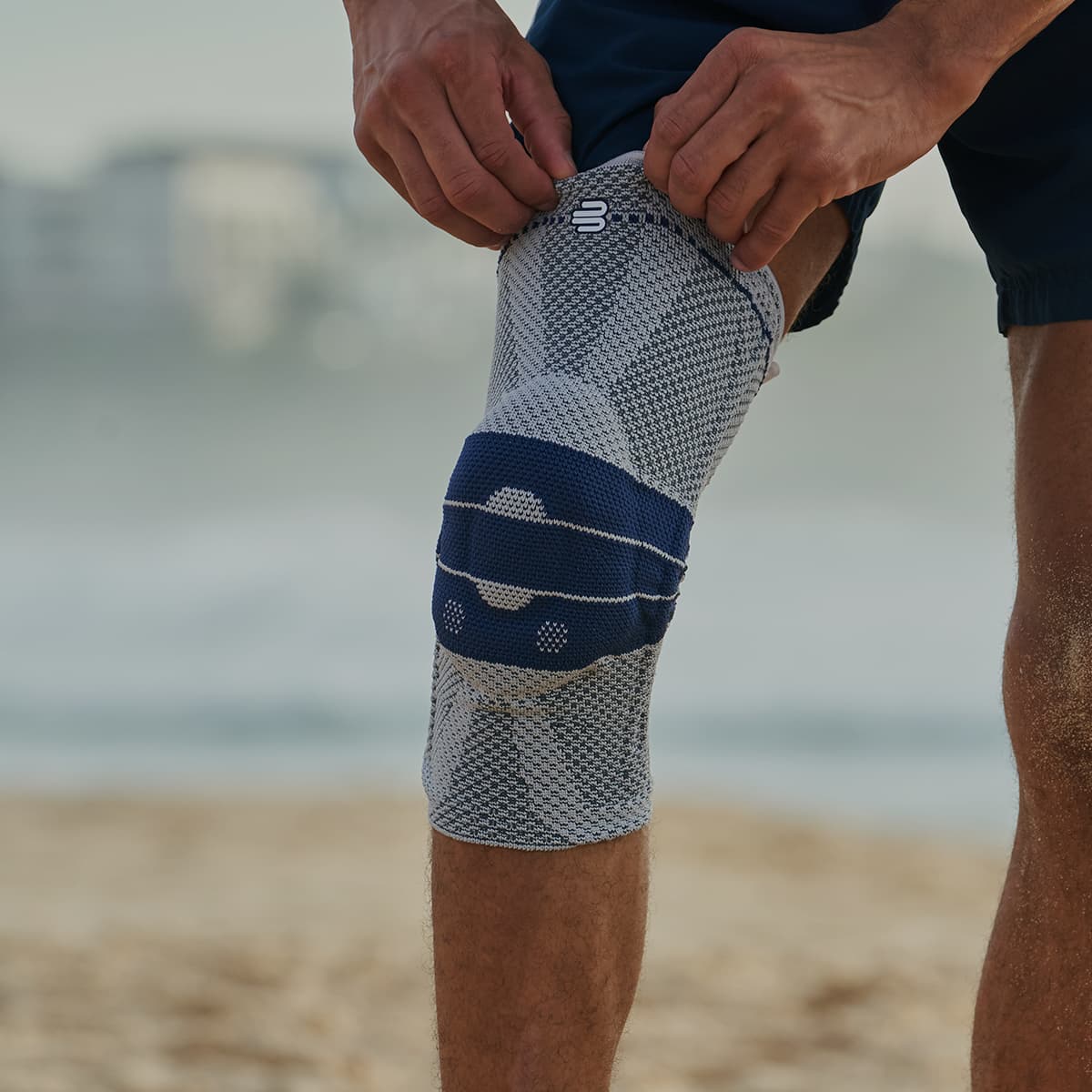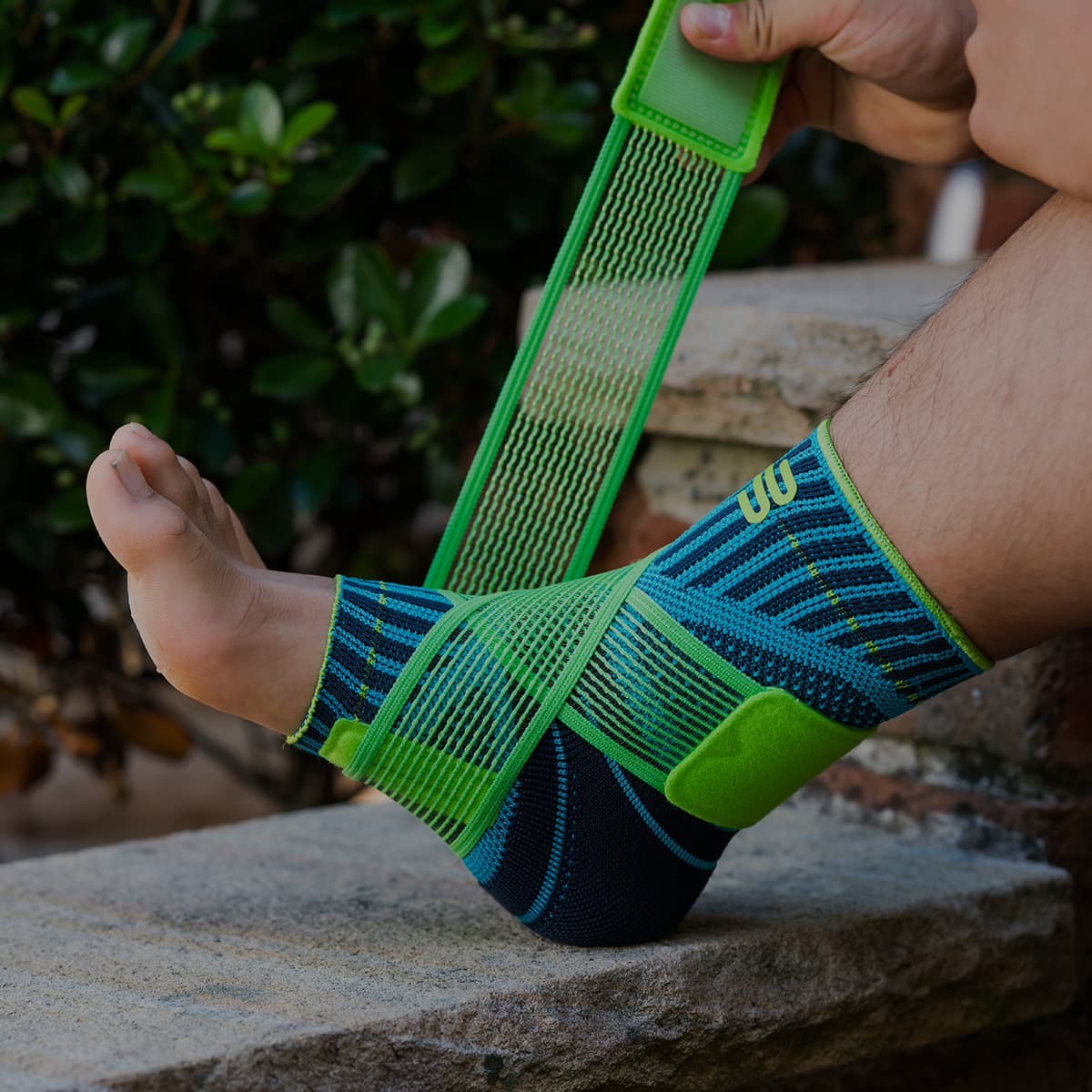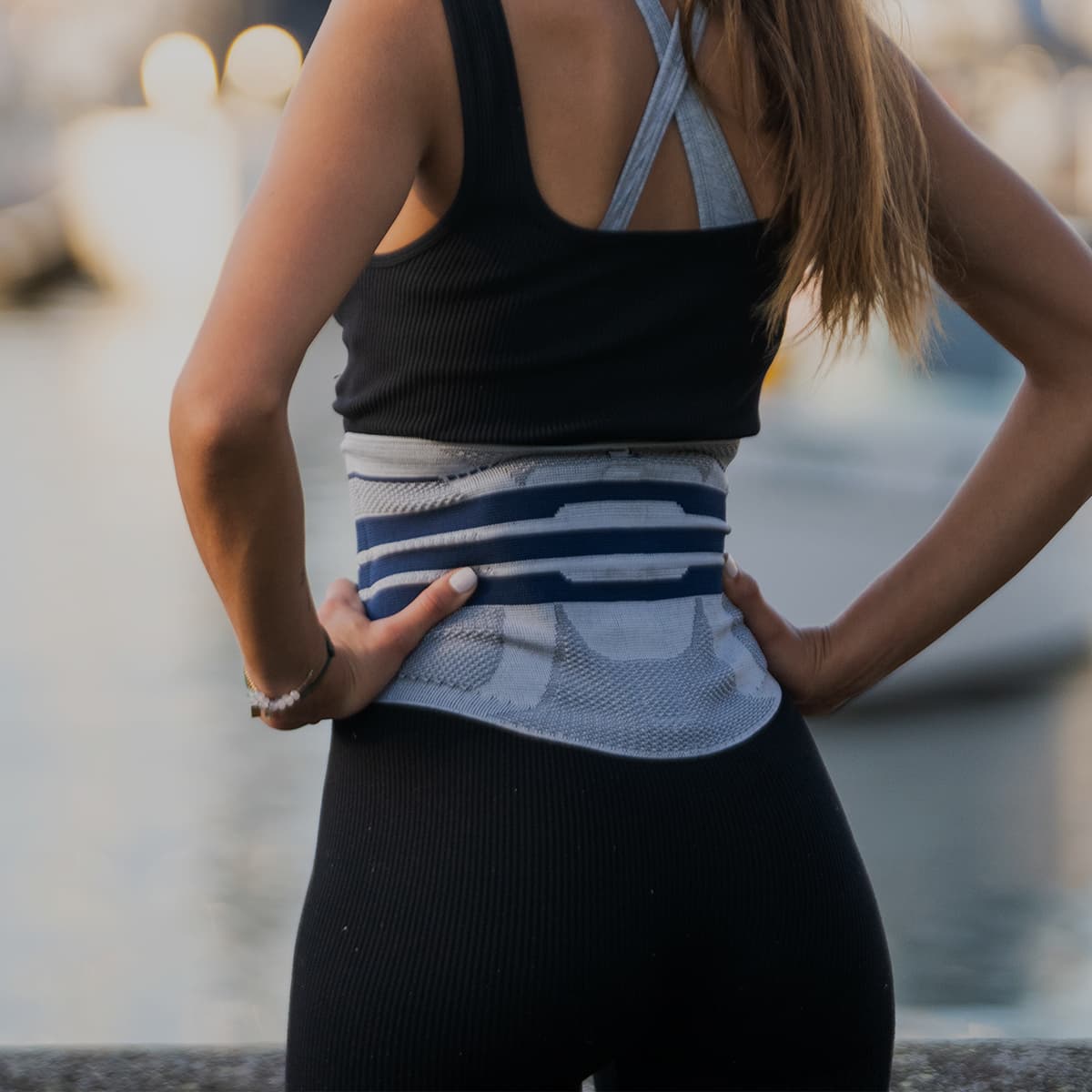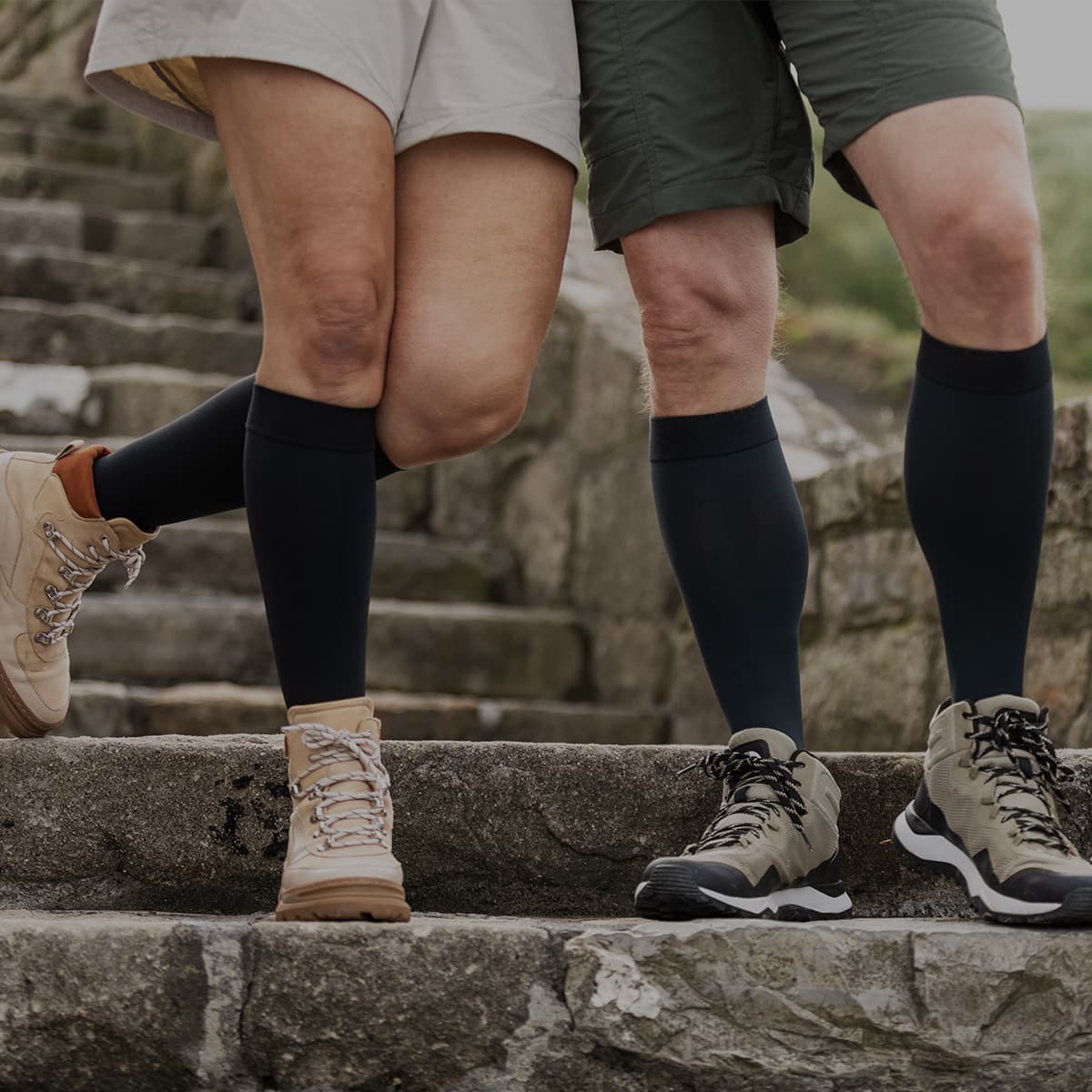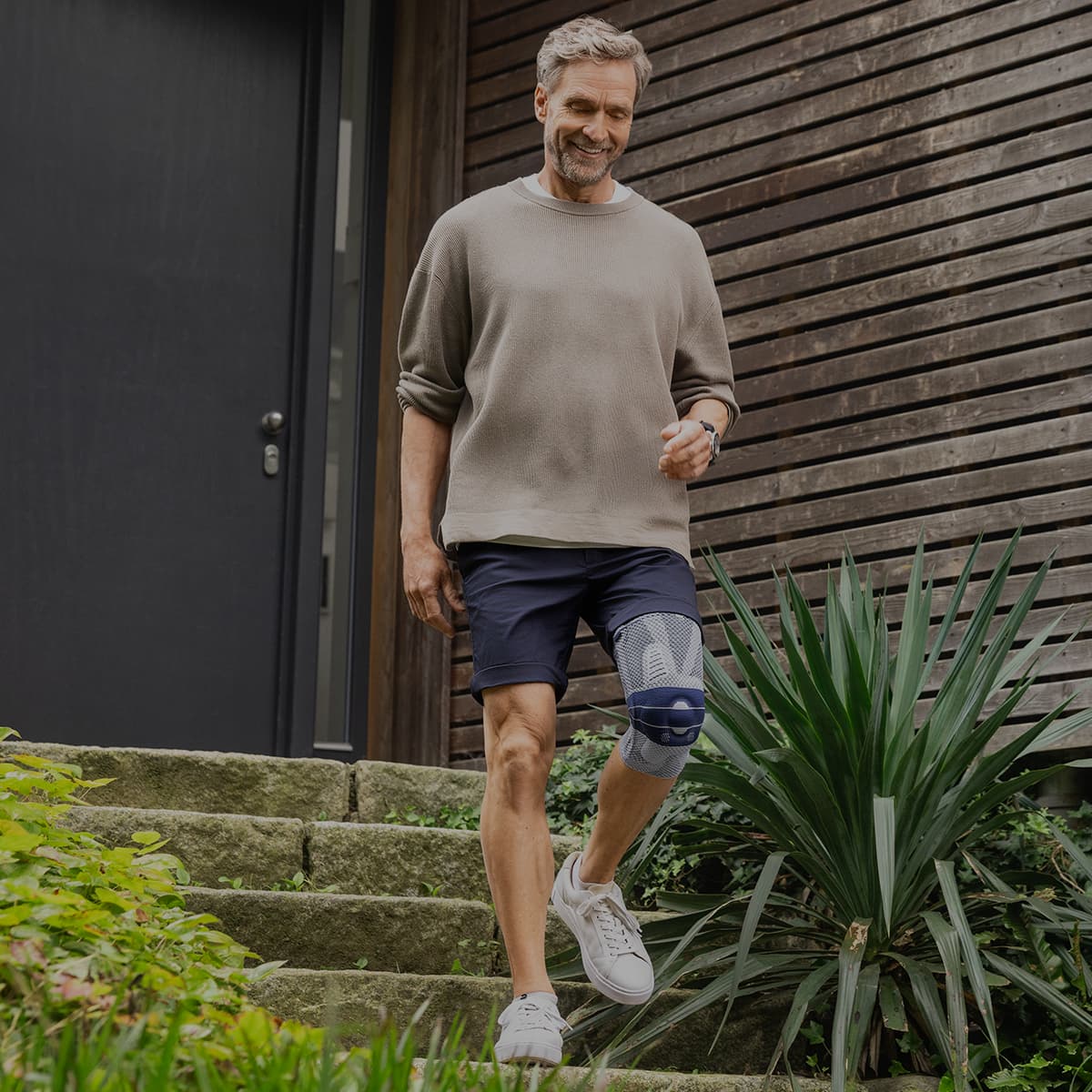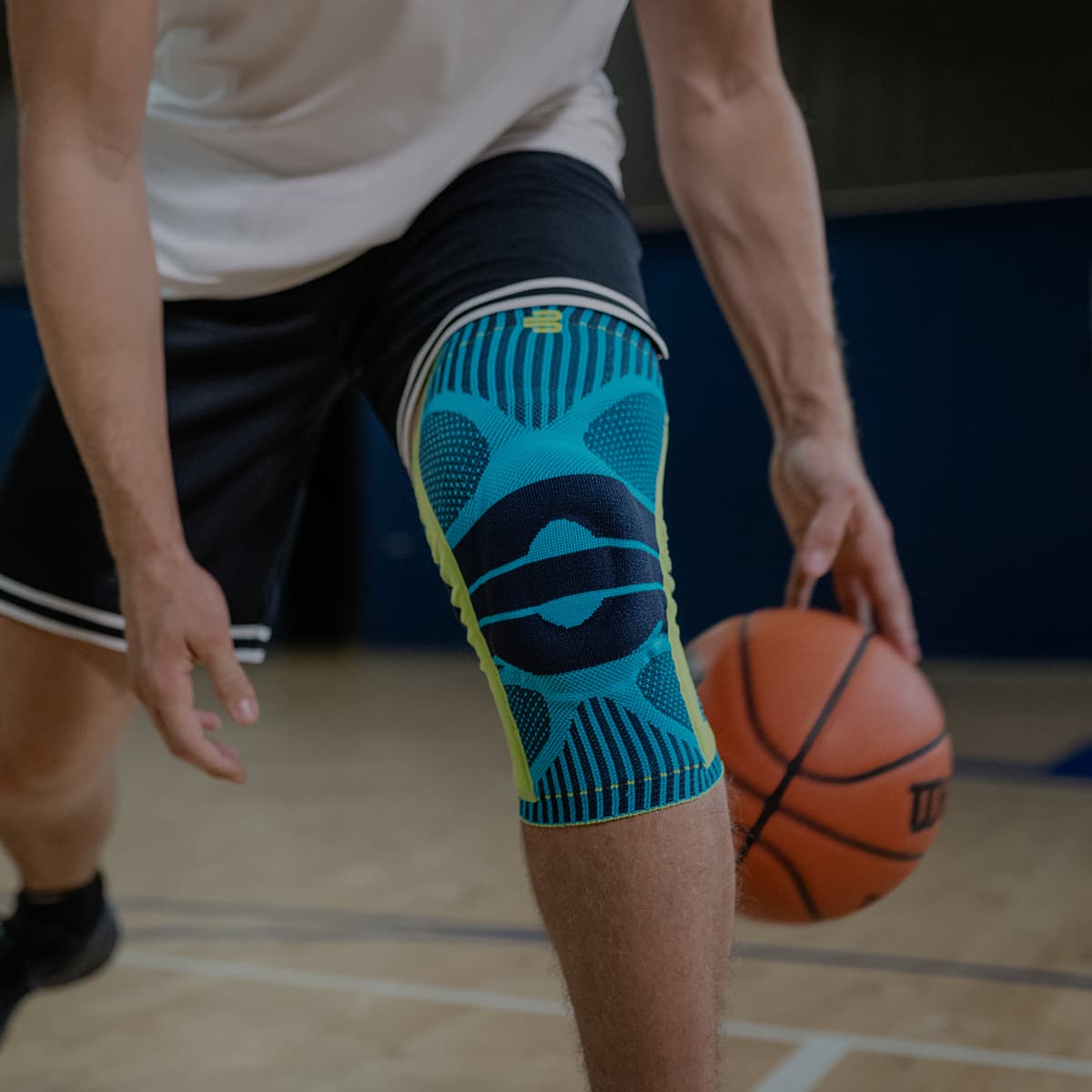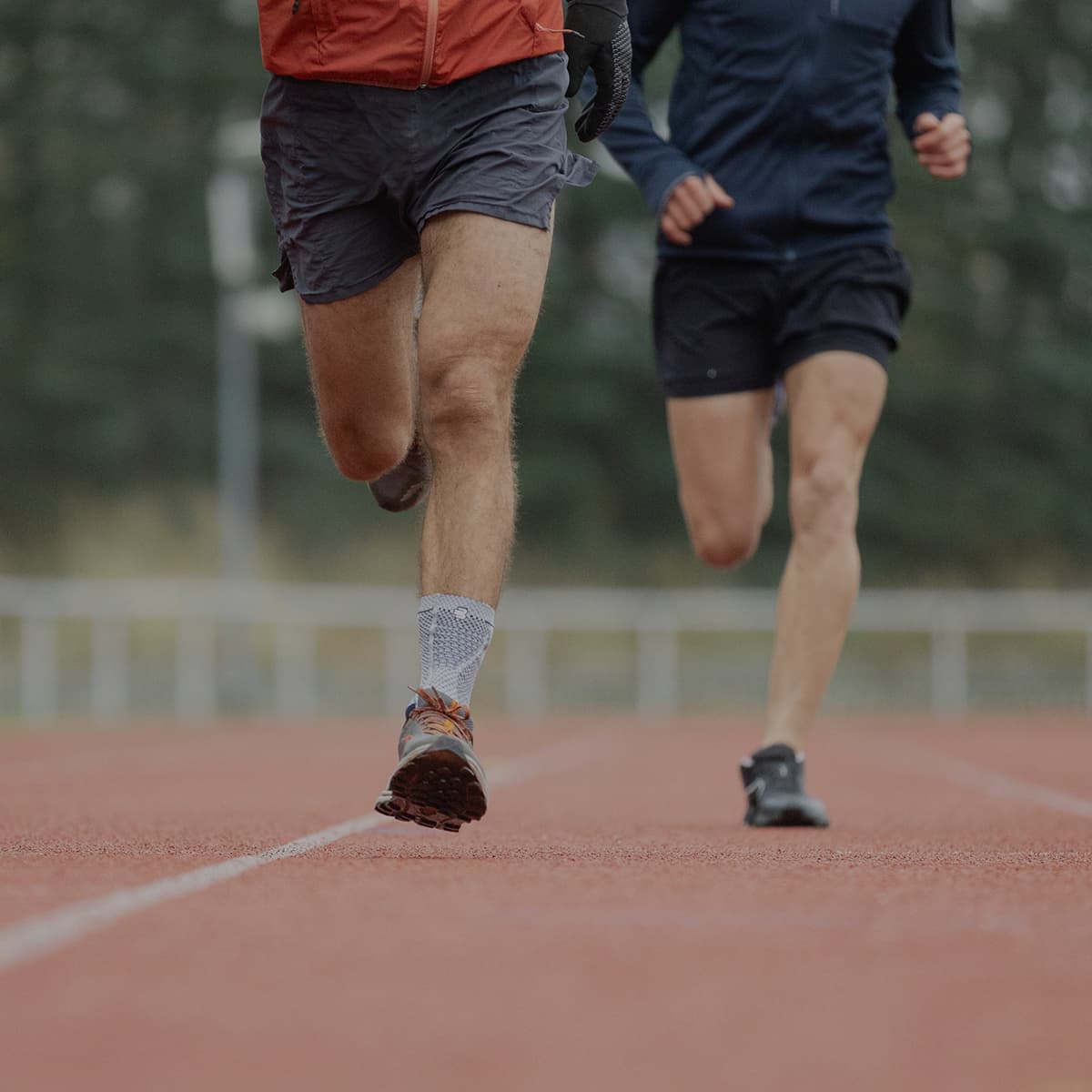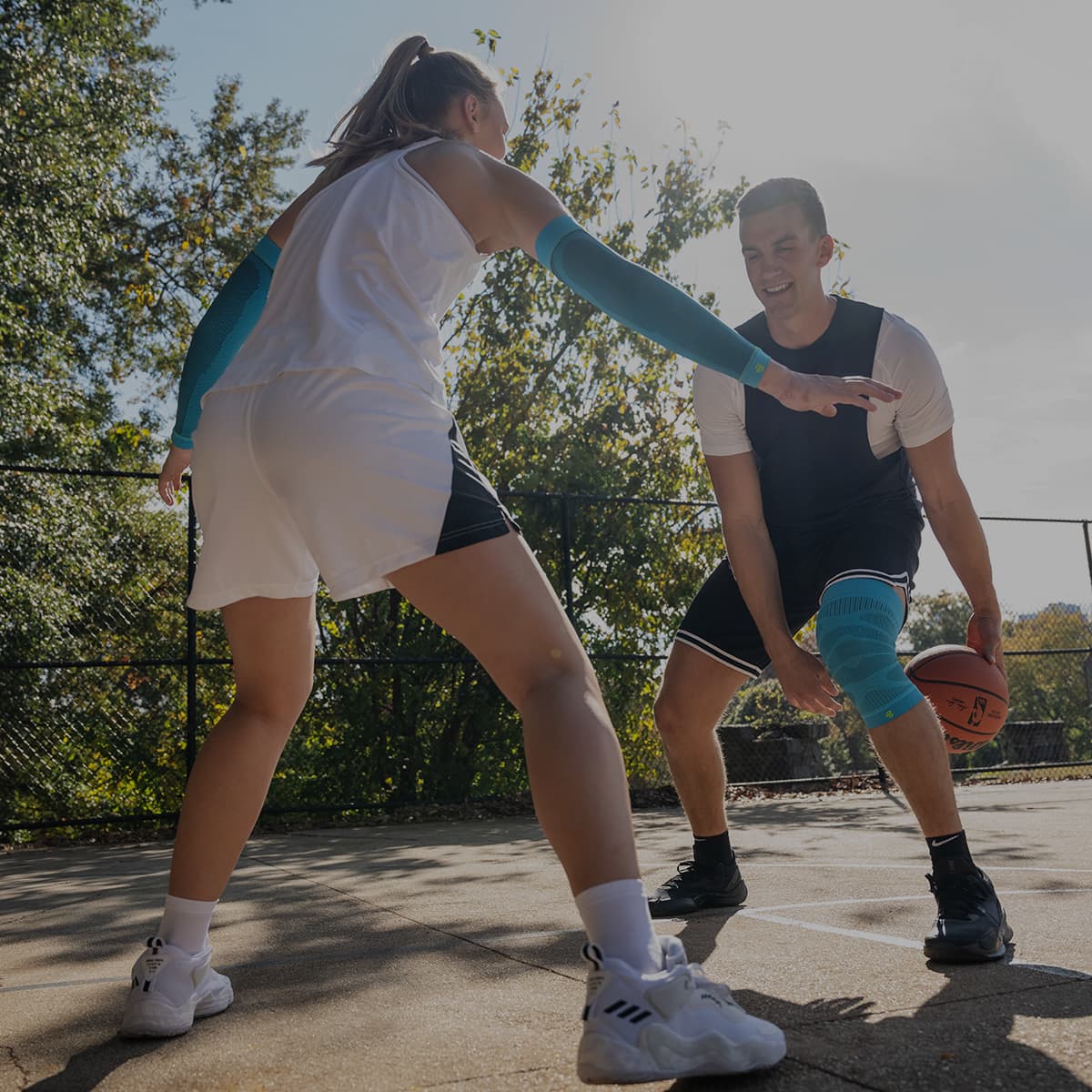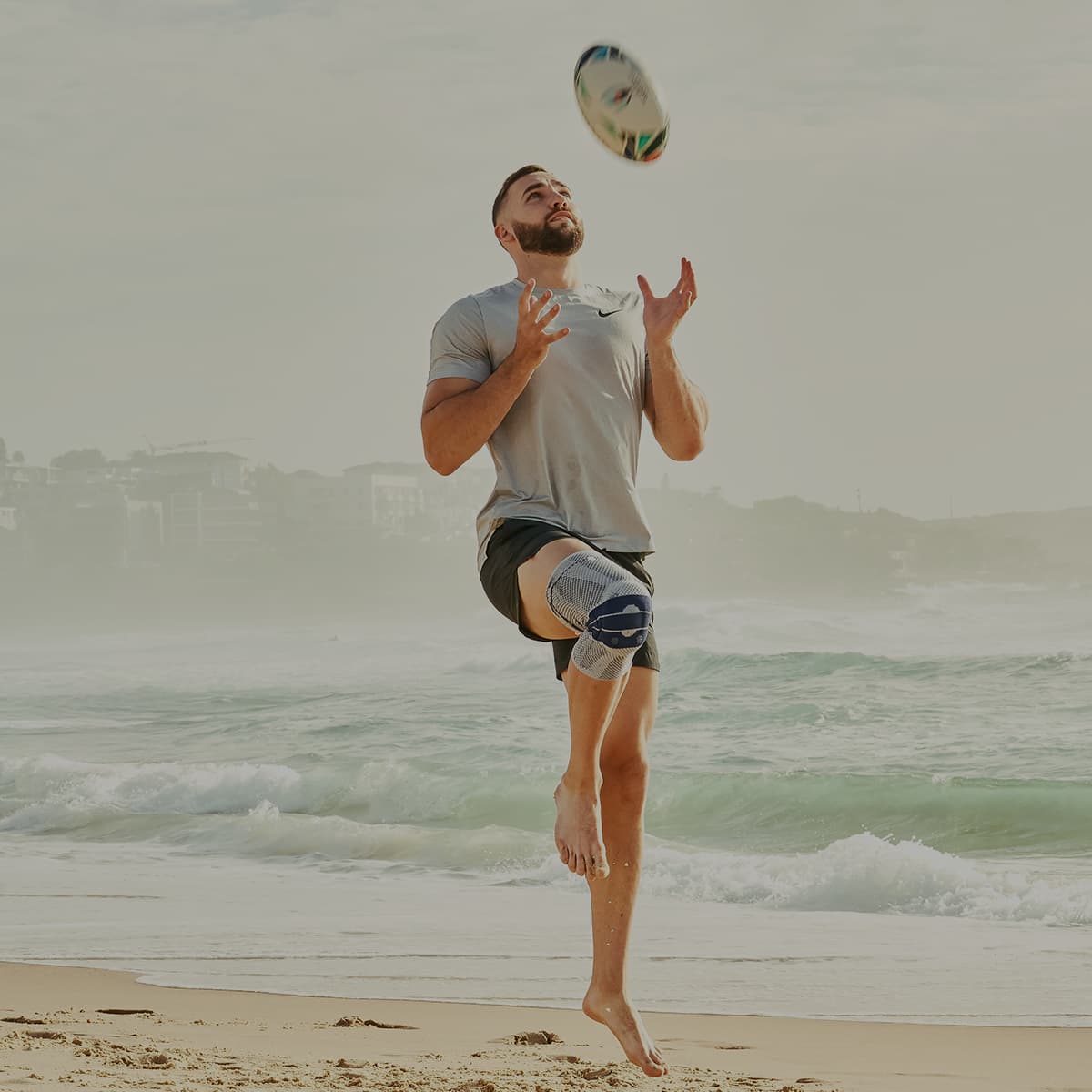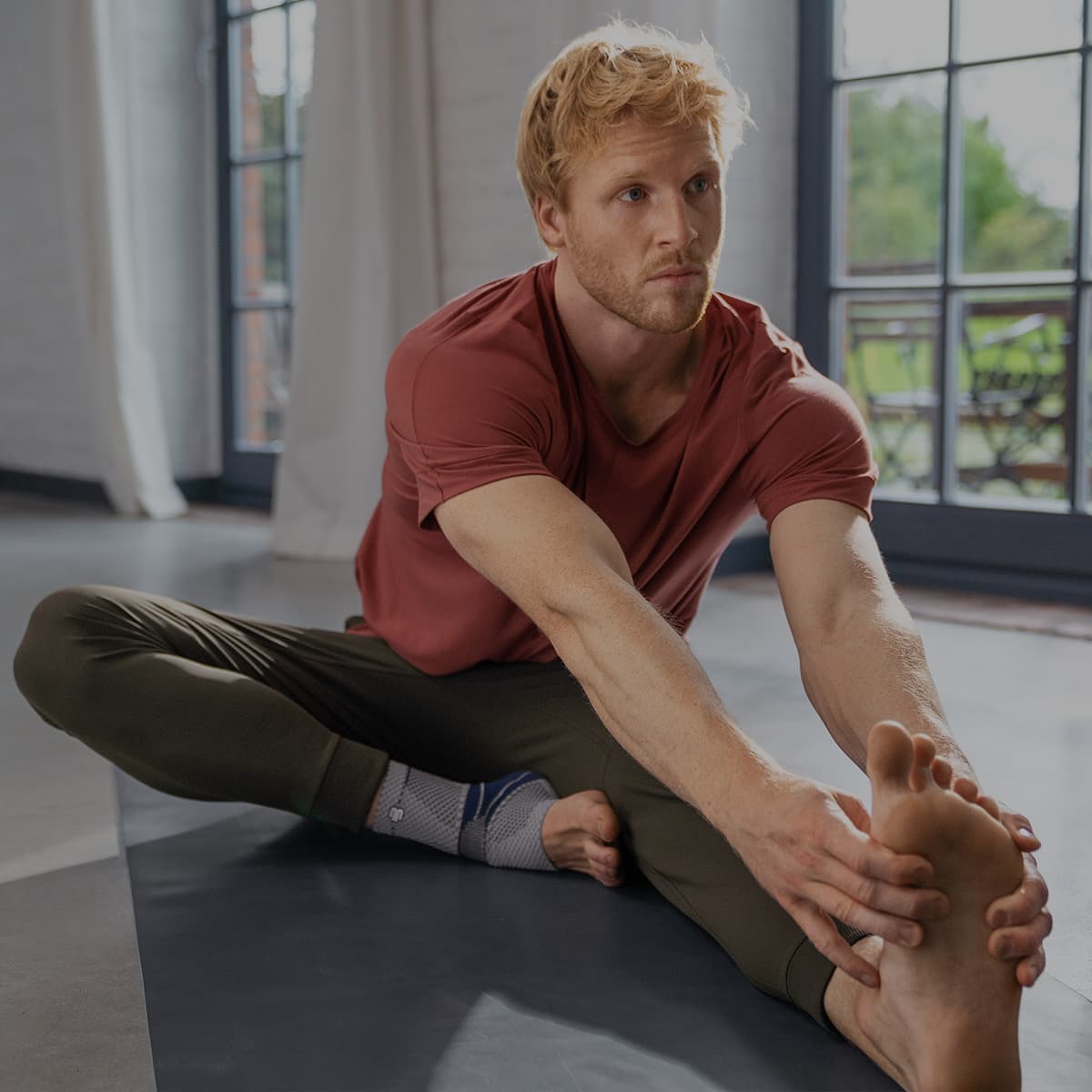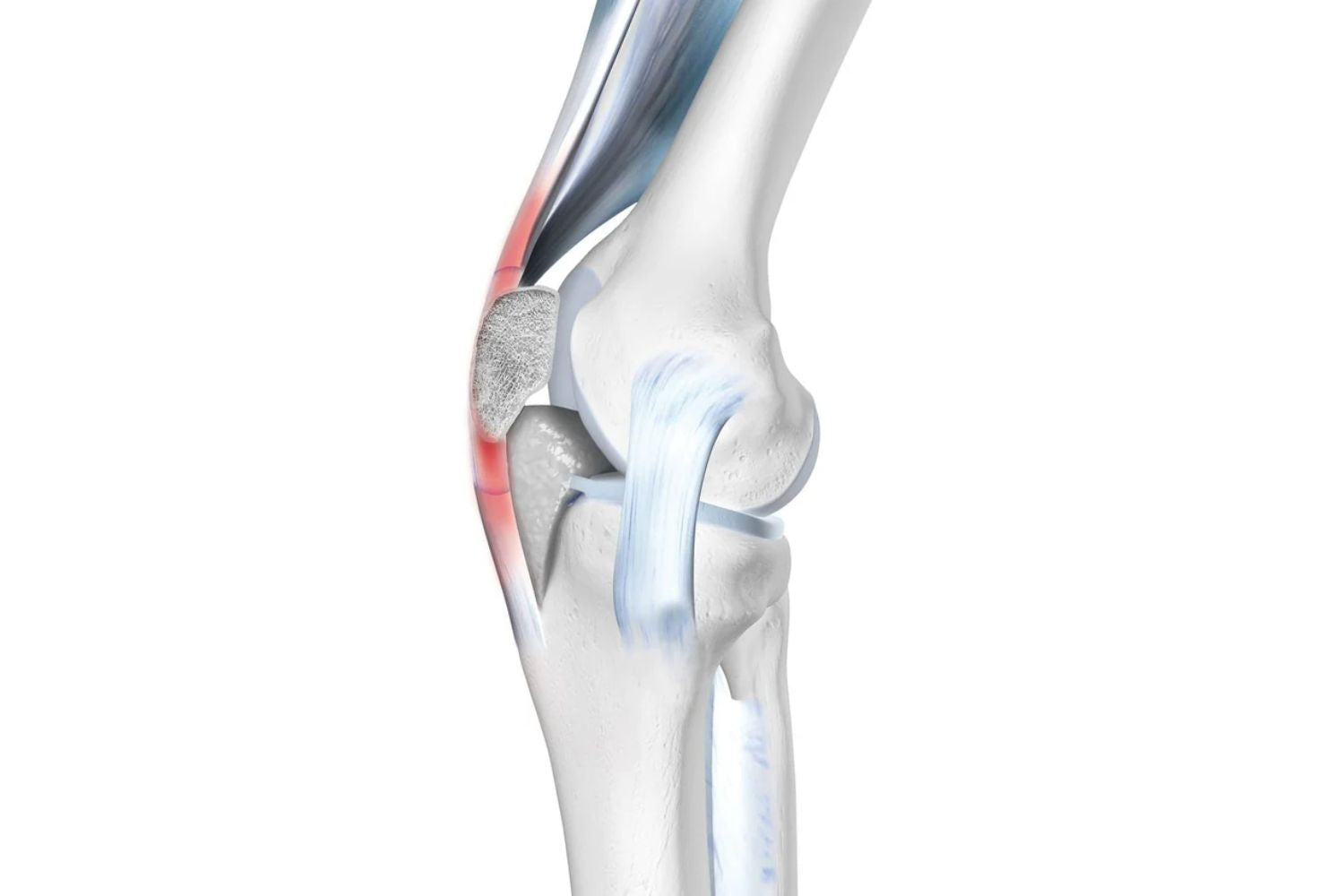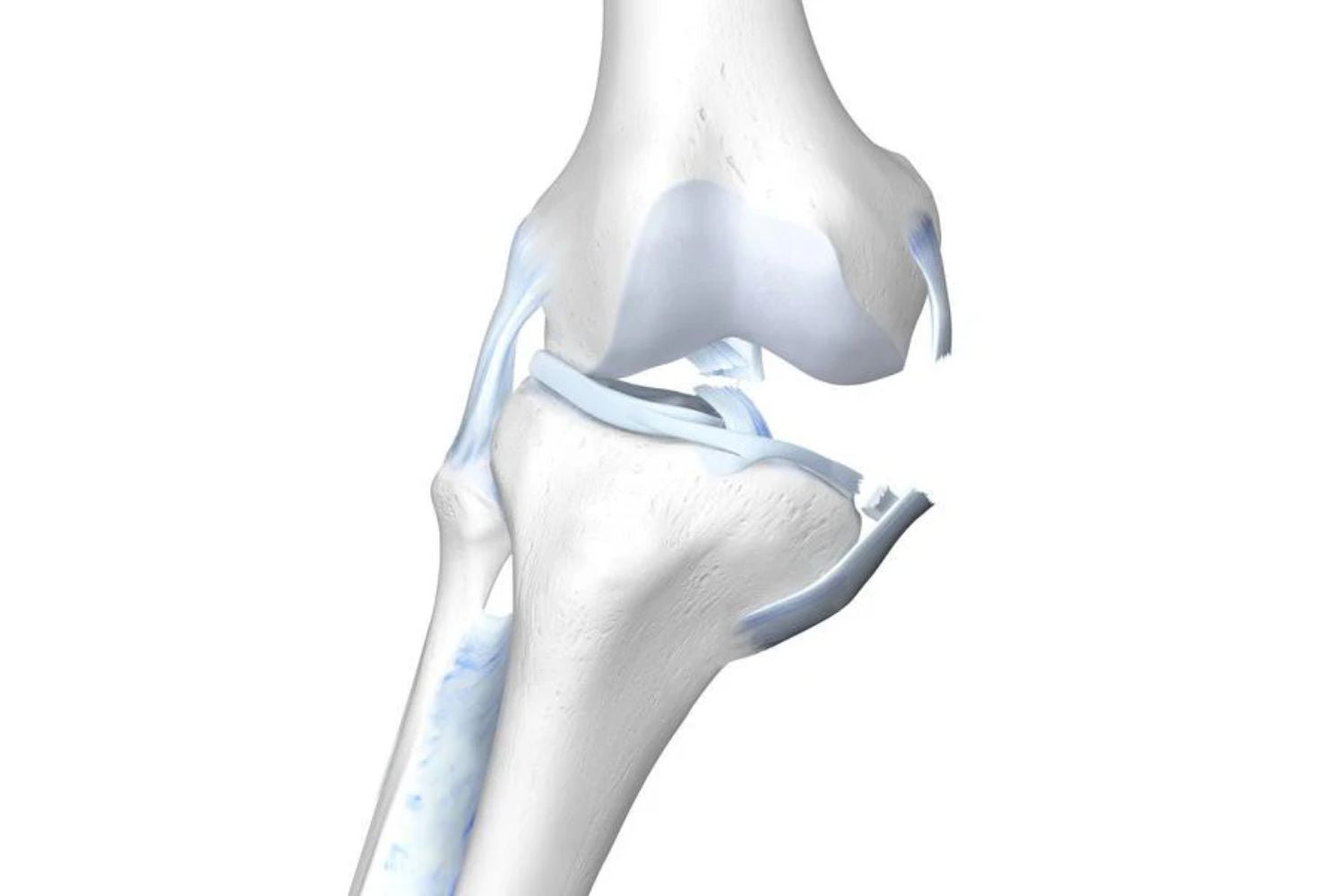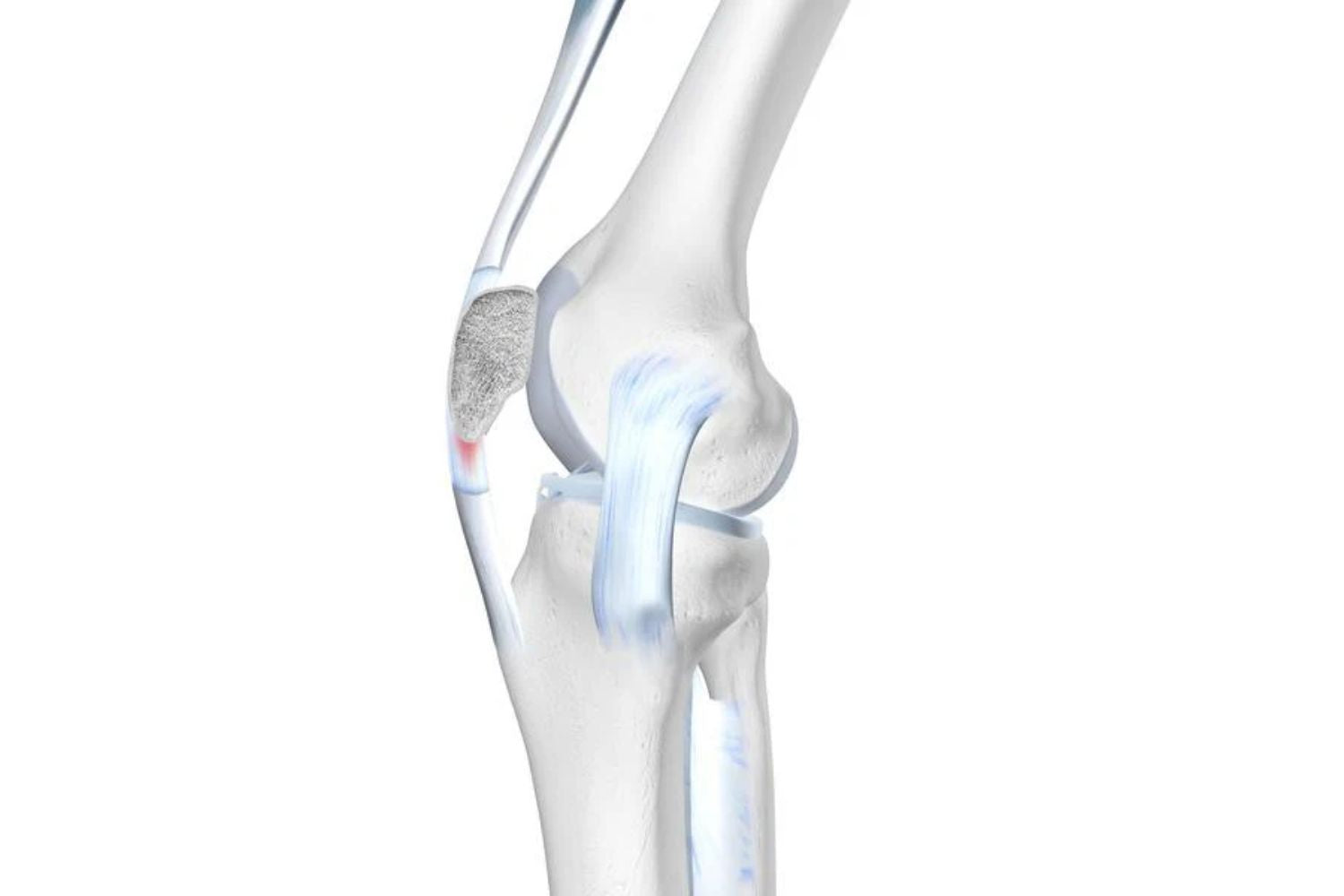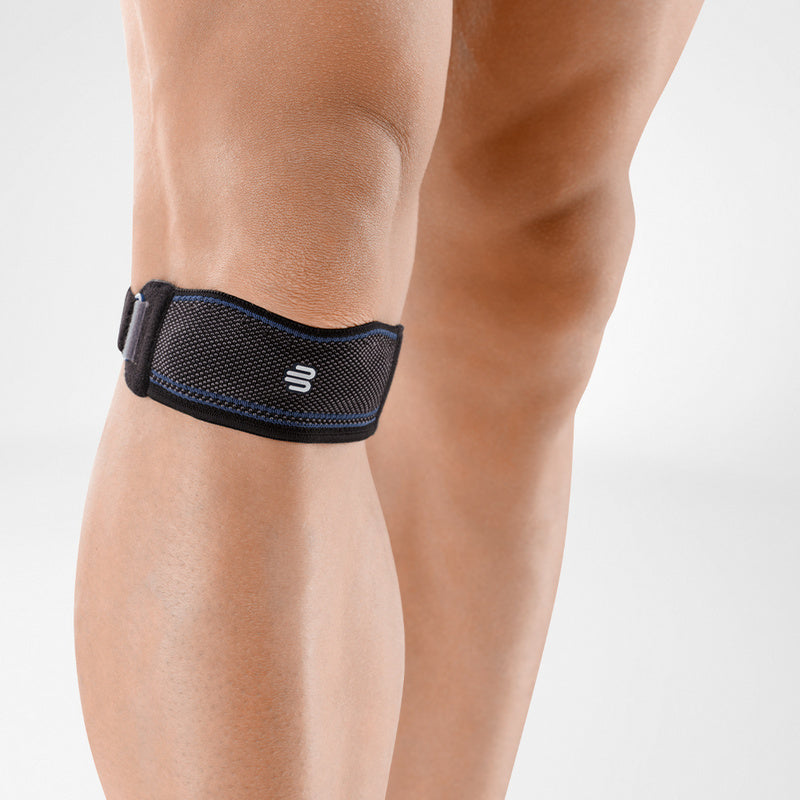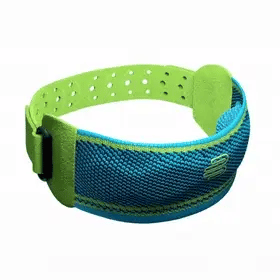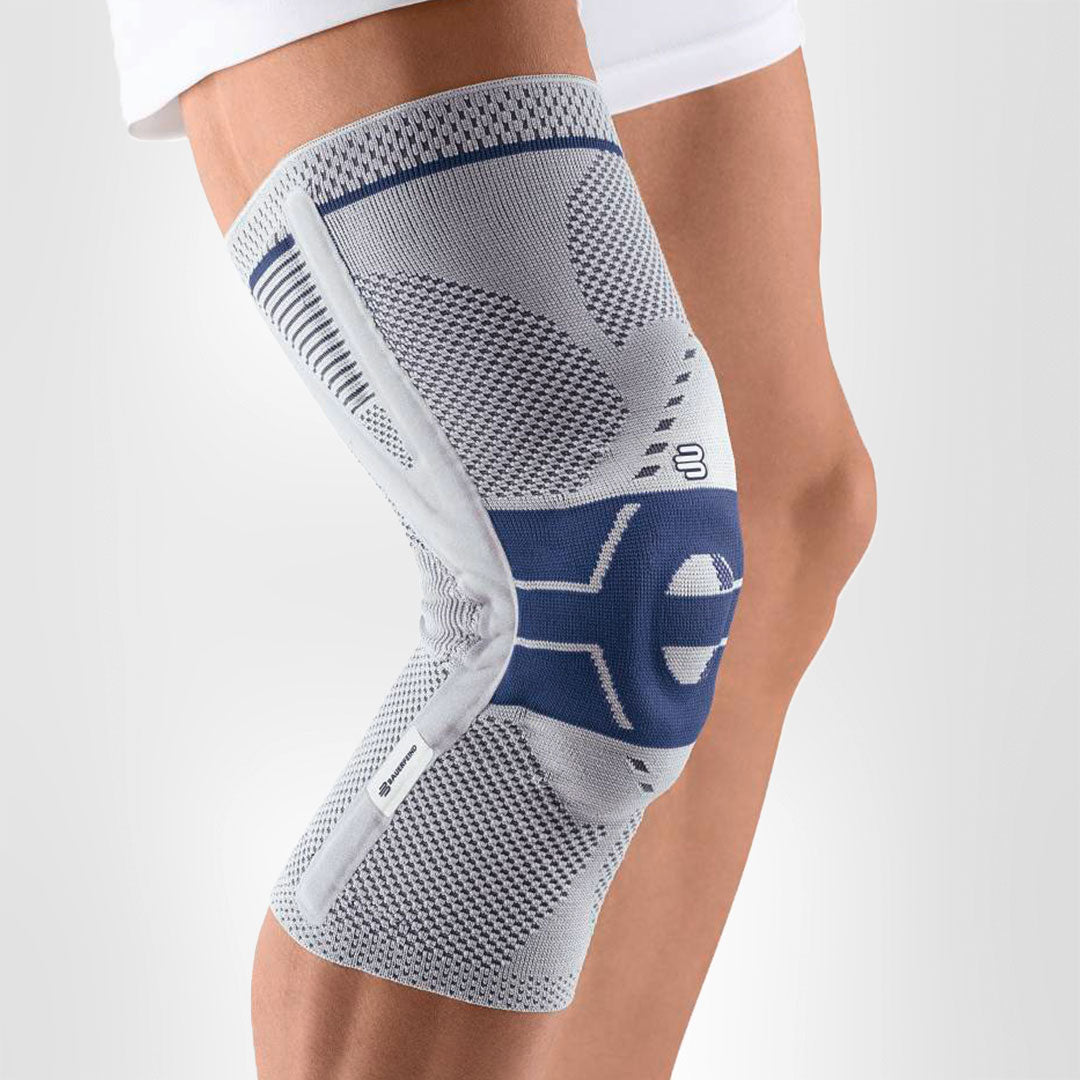Pain in the knee at the lower part of the front is sometimes brought on by jumping or sudden start/stop motions and changes in direction and can be due to an irritation of the patellar tendon, known as patellar tendonitis or jumper’s knee.
Overloading of the quadriceps or patellar tendon can cause it to become inflamed at the lower point of the kneecap. Daily activities or occupations that involve keeping the knees bent for extended periods of time can also cause irritation of the tendon.
If this tendon is under persistent stress, it is likely to cause a partial or complete tear of the tendon. Multiple treatment options are available for patellar tendonitis, including varying therapies and medical support braces (orthoses).
Causes of Patellar Tendonitis
The patellar tendon extends down from the kneecap and attaches into the upper part of the shin bone. It keeps the kneecap in place and is involved in knee movement no matter the direction. Some activities that are more likely to cause irritation and/or injury in such an area include:
Repetitive movements that overload the knee joint, such as thorough exercise or activities that require continuous knee flexion, can cause the patellar tendon to become inflamed.
People who are unable to fully straighten their knee or those born with congenital ligament weakness are more susceptible to developing patellar tendonitis.
Patellar Tendonitis Symptoms
Patellofemoral pain most commonly only affects one knee, with only 20-30% of cases affecting both knees. It has several main symptoms to be wary of, including
An inflammation of sharp pain just below the kneecap, especially after running.
A swelling in the knee, usually in the lower part below the patellar.
Sometimes redness and irritation on the skin can occur.
Diagnosis of Patellar Tendonitis
Patellar tendonitis is suspected when a person complains of pain at the front of the knee and describes a history of working with a bent knee or doing regular exercise involving jumping or sudden movements.
A medical practitioner will examine the knee and determine if pressing on the lower margin of the kneecap elicits pain. A positive finding can be an indication that the patellar tendon is inflamed.
- Pain when the knee is straightened against resistance on the lower leg is another positive indication of patellar tendon involvement. Visible signs of swelling or redness around the knee joint are rare with this condition.
- Diagnosis of patellar tendonitis is usually made using ultrasound, comparing images of both knees to determine the degree of damage to the affected knee.
- MRI or X-ray imaging can be used to eliminate other possible diagnoses or to view the tendon and surrounding tissues if the knee is to undergo surgery.
Patellofemoral Pain Syndrome
It is important to note that pain at the front of the knee can be due to patellar tendonitis or patellofemoral pain syndrome. Both differ somewhat in their cause and presentation and may need to be treated differently. A qualified medical practitioner will be able to distinguish between the two and give a clear diagnosis.
Treatment of Patellar Tendonitis or the Jumper’s Knee
Patellar Tendonitis is most commonly caused by excessive use of the tendon, and in many cases, the most effective remedy is resting the knee.
The knee joint should be supported (with a brace or strapping/bandaging), and exercise should be stopped for six to twelve weeks, depending on the degree of severity of the condition. Exercise can then slowly be reintroduced once the knee has rested for long enough to allow for healing.
Prescribed Medication
Therapeutic measures for patellar tendonitis may include medication prescribed by a doctor. Such medication is used to provide pain relief and to reduce inflammation but should only be used for a short period of time to avoid side effects such as gastric issues and related renal issues.
Physiotherapy
Physiotherapy can be effective in treating patellar tendonitis using therapeutic techniques and rehabilitative stretches and exercises.
Medical Support Braces
Medical support braces (orthoses) have been shown to be very useful in supporting the patellar tendon to provide relief of symptoms and are often used alongside treatment by a physiotherapist.
Surgery
Surgery is rarely performed for this condition unless all other treatment measures have been exhausted and symptoms persist.
Patellar Tendon Strap and Braces
Bauerfeind provides several medical support braces (orthoses) specifically for patellar tendonitis, which have been clinically proven to be an effective measure against such a condition.
GenuPoint Knee Strap
The GenuPoint targets the patella tendon specifically to relieve pressure during physical activity and provide symptom relief. Its slim design means it’s easy to put on and fits comfortably around the knee.
Made using a soft, light-weight material that is flexible and will not slip, the encased pressure pad can be adjusted to fit the wearer’s anatomy for optimal comfort.
GenuTrain P3 Knee Brace
The GenuTrain P3 is flexible to allow for a safe range of kneecap movement with physical activity to support healing of the patellar tendon. It allows the wearer to have more freedom to continue with movements of daily life while reducing symptoms and avoiding further damage to the knee.
Using an inbuilt medial strap and special patellar tracking system, alongside extensive gel inserts, it provides the best support you can get for your patellar region.

